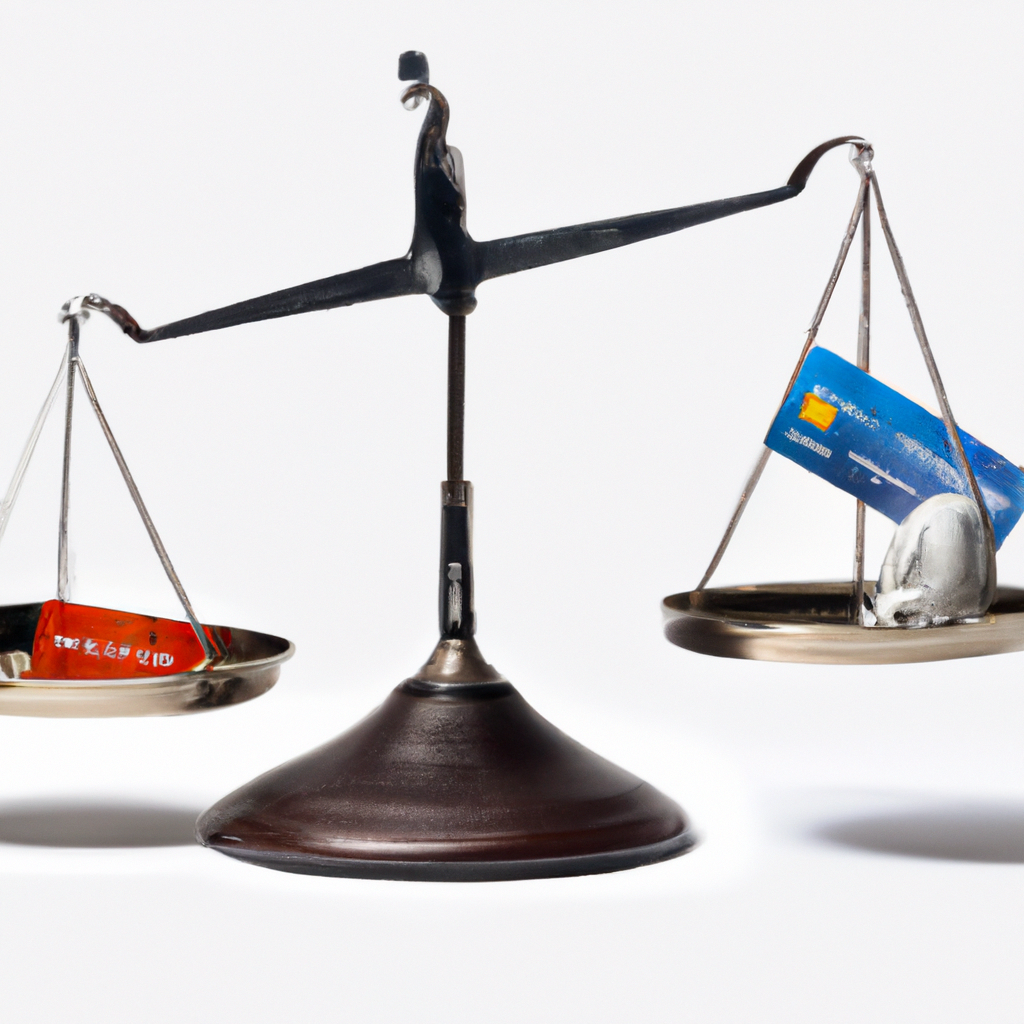Understanding Your Credit Card's Outstanding Balance
Exploring the Nuances of Credit Card Balances
When it comes to managing your finances, understanding the various balances on your credit card is crucial. One of the key terms you'll encounter is the "Outstanding Balance." In essence, this balance represents the total amount you owe on your credit card at the moment you check your account. However, it might not always align with your statement balance.
Differentiating Outstanding Balance from Statement Balance
In the realm of loans, a balance typically refers to the amount you owe. But with credit cards, it's a bit more intricate. There are several types of balances to consider, including the statement balance, current balance, and even a negative balance. Among these, the current balance is often synonymous with the outstanding balance.
So, what exactly is the outstanding balance?
Demystifying the Outstanding Balance
The outstanding balance on your credit card is the comprehensive sum you owe when you log in to check your account. This encompasses the total of your purchases, cash advances, balance transfers, issuer fees, and accrued interest that have posted to your account.
Think of it as a living number that can change daily. For instance, if your outstanding balance is $500 in the morning when you check your credit card's app, but a $50 statement credit is posted midday, your new outstanding balance would be $450, even if the $50 credit is still marked as pending.
For the most accurate representation of your debt to the card issuer, always refer to your outstanding balance.
Understanding the Statement Balance
Now, let's distinguish the outstanding balance from the statement balance. While the outstanding balance encompasses your entire debt on the card, the statement balance reveals only what you owe since the last billing cycle, which is typically around 30 days long.
Your monthly credit card statement will typically list both your outstanding balance (also known as the current balance) and your statement balance. These two balances can be identical if you haven't used your card or made any payments after the statement closing date.
You can calculate your statement balance manually:
1. Sum up all your purchases, fees, balance transfers, and cash advances during the billing period, let's say that total is $3,000.
2. Add up all the payments and statement credits from the billing period, suppose that total is $1,000.
3. Subtract the second amount from the first, and you have your statement balance, which in this case, would be $2,000.
If no additional transactions occur, your statement balance for that billing cycle and your outstanding balance remain the same at $2,000. However, if you make more transactions after the closing date, your statement balance remains at $2,000, while your outstanding balance will include those new transactions.
Paying the Outstanding Balance
Is it advisable to pay your outstanding balance? Absolutely, if it's within your means. By settling the amount equivalent to your current balance, you can fully clear your credit card bill, effectively avoiding interest charges.
Additionally, paying the outstanding balance ensures that your credit card's balance resets to zero, a benefit not always associated with paying the statement balance. Credit bureaus generally prefer accounts with a low utilization ratio, which measures the percentage of your total available credit in use. Experts usually recommend keeping your utilization ratio below 30%. After paying the outstanding balance, your utilization ratio for that specific credit account drops to precisely 0%.
However, it's important to note that paying the full statement balance also spares you from interest charges. In this case, a grace period takes effect, allowing you to defer any new charges made until the due date for your next billing cycle.
But remember, not all card issuers provide grace periods, and some might temporarily revoke this benefit for cardholders who fail to settle their balances by the due date. It's essential to be aware of your card's terms and conditions.


